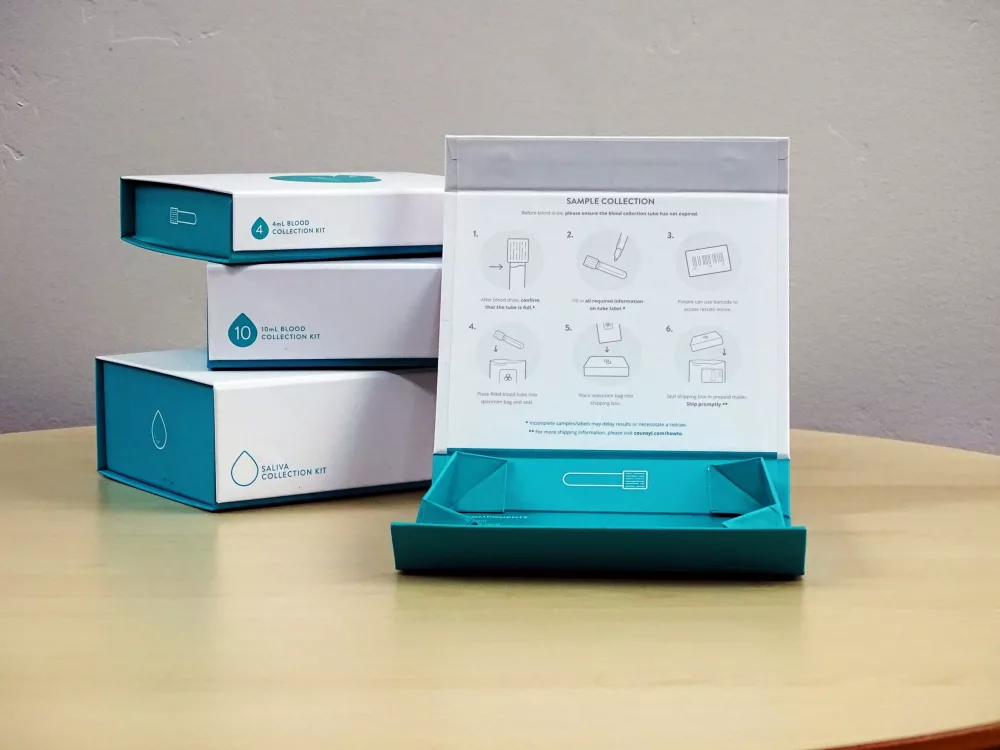In an era characterized by uncertainty and evolving threats, the demand for robust security services has never been greater. From safeguarding physical assets to protecting digital infrastructure, the realm of security services encompasses a diverse array of challenges and solutions. In this comprehensive exploration, we delve into the intricate dynamics of security services, shedding light on the multifaceted strategies employed to ensure comprehensive protection in an increasingly complex world.
Understanding the Landscape of Security Services
At its core, the landscape of security services is shaped by the imperative of safeguarding assets, mitigating risks, and ensuring the safety of individuals and organizations. This encompasses a wide spectrum of domains, including:
Physical Security: Protecting tangible assets such as buildings, facilities, and personnel through measures such as access control, surveillance, and onsite security personnel.
Cybersecurity: Safeguarding digital assets, information, and networks from cyber threats such as hacking, malware, phishing, and data breaches.
Risk Assessment and Management: Identifying potential threats and vulnerabilities, evaluating their potential impact, and devising strategies to mitigate risks effectively.
Emergency Response Planning: Developing comprehensive plans and protocols to respond swiftly and effectively to security incidents, ranging from natural disasters to acts of terrorism.
Security Consulting: Providing expert guidance, assessments, and recommendations to enhance overall security posture and resilience.
The Evolution of Security Services
The landscape of security services has undergone significant evolution in response to emerging threats, technological advancements, and shifting societal dynamics. Traditional approaches to security, characterized by physical barriers and manual surveillance, have given way to more sophisticated and integrated solutions leveraging technology, data analytics, and proactive risk management strategies.
The Role of Technology in Enhancing Security
Technology lies at the heart of modern security solutions, serving as a force multiplier in the efforts to detect, deter, and respond to threats. Key technological innovations driving advancements in security services include:
Surveillance Systems: High-definition cameras, thermal imaging, and advanced analytics enable real-time monitoring and proactive threat detection.
Access Control Systems: Biometric authentication, smart cards, and RFID technology facilitate secure access management, limiting unauthorized entry and enhancing overall security.
Intrusion Detection Systems: Sensors, alarms, and perimeter protection systems provide early warning of potential breaches, allowing for rapid response and mitigation.
Cybersecurity Tools: Firewalls, intrusion detection/prevention systems, encryption technologies, and behavioral analytics help safeguard digital assets and networks from cyber threats.
Artificial Intelligence (AI) and Machine Learning: AI-driven algorithms and machine learning models analyze vast amounts of data to identify patterns, anomalies, and potential security risks, enabling predictive analytics and proactive threat mitigation.
The Human Element: Training and Expertise
While technology plays a crucial role in modern security operations, the human element remains indispensable. Security professionals undergo rigorous training and certification to develop the skills, knowledge, and situational awareness required to effectively address security threats. From crisis management and de-escalation techniques to technical proficiency in handling security systems, ongoing training and professional development ensure that security personnel are equipped to respond to evolving threats with competence and confidence.
The Importance of Collaboration and Integration
In an interconnected world, collaboration and integration are paramount to effective security management. Siloed approaches are giving way to holistic, integrated security strategies that leverage cross-functional collaboration, information sharing, and interoperability between various security systems and stakeholders. By breaking down organizational barriers and fostering collaboration between physical security, cybersecurity, and other relevant disciplines, organizations can achieve a more comprehensive and cohesive security posture.
Navigating the Complexities for Comprehensive Protection
The dynamics of focus security services are shaped by a complex interplay of technological advancements, evolving threats, regulatory requirements, and societal factors. By embracing innovation, leveraging technology, investing in training and expertise, and fostering collaboration and integration, organizations can navigate these complexities and achieve comprehensive protection against a diverse array of security threats. In an ever-changing landscape, the ability to adapt, innovate, and collaborate will be key to staying ahead of emerging threats and ensuring the safety and security of individuals, assets, and organizations alike.




